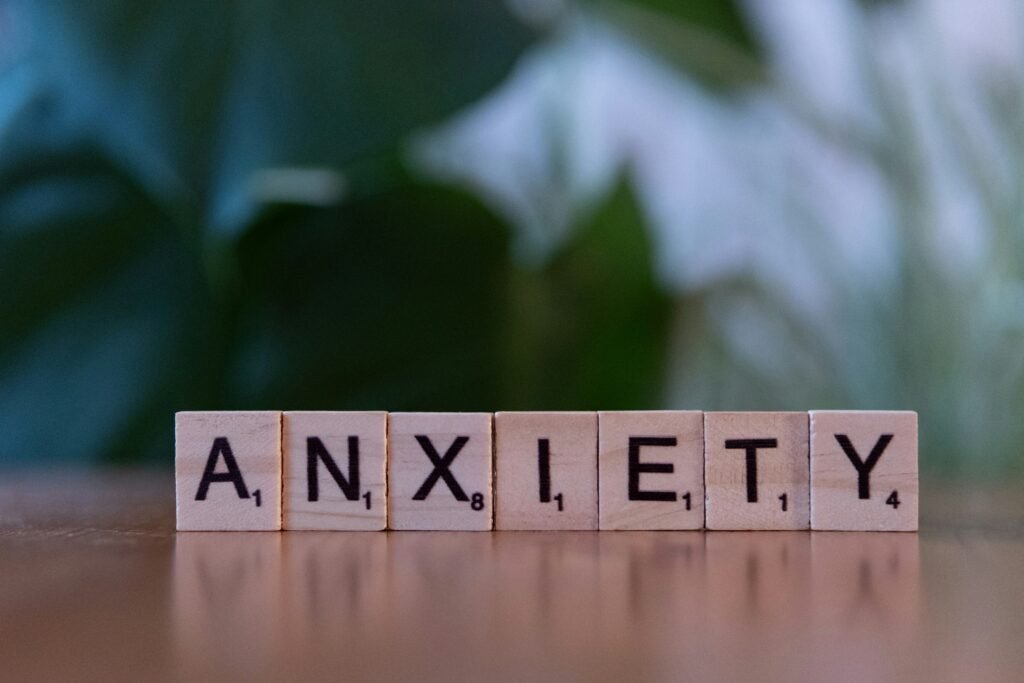Experiencing anxiety is a common part of everyday life. It’s a natural response to stressful, risky, or uncertain situations. However, when anxiety becomes persistent and interferes with daily activities, it may indicate an anxiety disorder.
Nearly one in three adults will experience an anxiety disorder at some point in their lives, making it one of the most prevalent mental health conditions.
What is an Anxiety Disorder?
Anxiety is characterized by feelings of fear or unease, often triggered by stress. In moderation, it can motivate focus and action, such as preparing for an important test or tackling a work challenge. However, anxiety disorders involve persistent, excessive worry or fear that does not go away and may even worsen over time.
These conditions can lead to significant complications, including depression, substance abuse, and an overall decline in quality of life. Professional treatment can often help manage and alleviate symptoms.
Common Types of Anxiety Disorders
There are several types of anxiety disorders, each with unique characteristics:
- Generalized Anxiety Disorder (GAD): Persistent, unrealistic worry about everyday tasks and events.
- Panic Disorder: Sudden, intense fear leading to panic attacks, often accompanied by chest pain, sweating, and a racing heart.
- Social Anxiety Disorder: Overwhelming worry about social interactions, driven by fear of judgment or embarrassment.
- Post-Traumatic Stress Disorder (PTSD): Anxiety triggered by traumatic experiences, leading to a heightened fight-or-flight response.
- Phobias: Intense fear of specific objects, places, or situations that pose little or no actual danger.
Each disorder has distinct causes, and ongoing research aims to uncover more about their origins and effective treatments.
What Are the Symptoms of Anxiety?
Anxiety manifests in various ways, affecting both the mind and body. Common anxiety symptoms include:
- Persistent feelings of worry, fear, or panic
- Difficulty sleeping or staying calm
- Cold, sweaty, or tingling hands and feet
- Shortness of breath or rapid breathing
- Accelerated heart rate
- Dry mouth
- Dizziness or lightheadedness
- Trouble concentrating
- An overwhelming fear of specific objects or situations
These symptoms can range from mild to severe and may vary depending on the type of anxiety disorder.
Is It Normal Anxiety or an Anxiety Disorder?
To determine whether anxiety is normal or indicative of a disorder, consider these questions:
- Does it interfere with your life? If anxiety disrupts your ability to work, study, or maintain relationships, it may signal a disorder.
- How severe is it? Occasional unease is normal, but persistent and overwhelming anxiety often points to a disorder. Recurrent panic attacks without clear triggers are a strong indicator.
- Is the anxiety disproportionate? Anxiety disorders often involve excessive reactions to situations that don’t warrant such intense responses.
If your symptoms are severe or interfere with daily life, seeking help from a healthcare provider is essential.
Fear vs. Anxiety: What’s the Difference?
Fear and anxiety are closely related but distinct. Fear is a response to an immediate threat, triggering sensory and physical reactions. Anxiety, on the other hand, is driven by emotions and often relates to perceived dangers rather than real ones. Past experiences can play a significant role in ongoing anxiety, including conditions like Hippocampal Atrophy that affect emotional regulation.
How is Anxiety Diagnosed?
A healthcare provider will evaluate your symptoms, review your medical history, and may recommend diagnostic tests to rule out other conditions. While there’s no lab test specifically for anxiety disorders, mental health specialists, such as psychologists or psychiatrists, use various tools to diagnose and plan treatment.
Effective Treatments for Anxiety Disorders
Treatment for anxiety disorders typically involves medication, therapy, or a combination of both.
- Medications: Antidepressants are commonly prescribed to manage anxiety symptoms. For short-term relief of panic attacks, benzodiazepines may be used, though these carry a risk of dependency.
- Cognitive Behavioral Therapy (CBT): This psychotherapy approach helps individuals recognize and change thought patterns contributing to anxiety. CBT has proven highly effective in treating most anxiety disorders.
Combining therapy and medication often yields the best results, offering relief for many people with anxiety disorders.
Self-Care Strategies to Manage Anxiety
In addition to professional treatment, self-care can play a vital role in managing anxiety. Consider these approaches:
- Regular Exercise: Activities like yoga, meditation, and Tai Chi reduce stress and improve emotional well-being.
- Face Your Fears: Avoiding anxiety triggers can worsen symptoms over time. Gradual exposure to stressors can help your brain adapt and reduce anxiety responses.
- Healthy Lifestyle Choices: Balanced nutrition, adequate sleep, and mindfulness practices can further support mental health.
Final Thoughts
Anxiety disorders can significantly impact your life, but effective treatments are available. Recognizing the signs and seeking help early can make a meaningful difference. If you’re struggling with anxiety symptoms or wondering what are the symptoms of anxiety attacks, consult a healthcare provider to explore your options. Remember, taking the first step toward help is a sign of strength, not weakness.




Pingback: Signs You Should See an Anxiety Therapist - healthspots.net